Implementation and Research of LSTM Neural Network Based on the FPGA
DOI: 10.23977/jeis.2017.22003 | Downloads: 48 | Views: 5274
Author(s)
Xintao Huang 1, Jun Yang 1
Affiliation(s)
1 School of Information Science and Engineering, Yunnan university, Kunming, China
Corresponding Author
Jun YangABSTRACT
Over the past decade, artificial intelligence has reached a stage of rapid development, and deep learning has played a main role in this development. Despite of its strong ability to simulate and predict, deep learning is faced with the problem of large computational complexity. At the hardware level, GPU, ASIC, FPGA are ways to solve the huge amount of computing. This paper will explain the deep learning, FPGA structure and the reason why the use of FPGA to accelerate the deep learning is effective. Also, it will introduce a recursive neural network (RNN) implementation on the FPGA platform.
KEYWORDS
RNN, LSTM, FPGA.CITE THIS PAPER
Xintao, H. , Jun, Y. (2017) Implementation and Research of LSTM Neural Network Based on the FPGA. Journal of Electronics and Information Science (2017) 2: 76-79.
REFERENCES
[1] Y. Bengio, Learning Deep Architectures for AI, vol. 2, no. 1. 2009.
[2] Krizhevsky, A., Sutskever, I., & Hinton, G. E. (2012). Imagenet classification with deep convolutional neural networks. In Advances in neural information processing systems (pp. 1097-1105).
[3] Wikipedia.(2015).Field-programmable gate array [Online].
[4] G. Orchard, J. G. Martin, R. J. Vogelstein, and R. Etienne-Cummings, “Fast Neuromimetic Object Recognition using FPGA Outperforms GPU Implementations,” vol. 24, no. 8, pp. 1239–1252, 2015.
[5] S. Chikkerur. (2008). CUDA Implementation of a Biologically Inspired Object Recognition System [Online].
| Downloads: | 13857 |
|---|---|
| Visits: | 587978 |
Sponsors, Associates, and Links
-
Information Systems and Signal Processing Journal
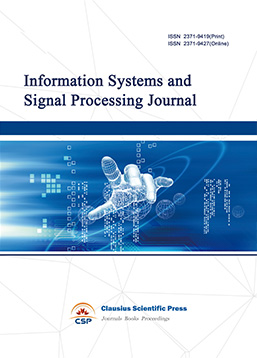
-
Intelligent Robots and Systems
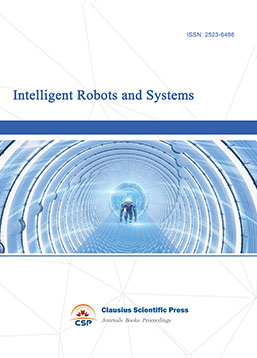
-
Journal of Image, Video and Signals

-
Transactions on Real-Time and Embedded Systems
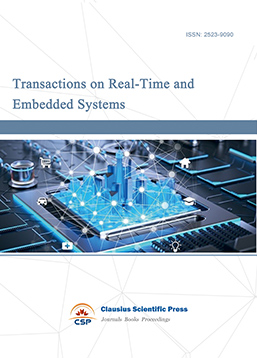
-
Journal of Electromagnetic Interference and Compatibility
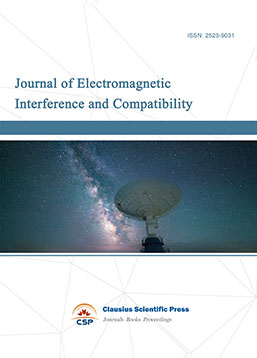
-
Acoustics, Speech and Signal Processing
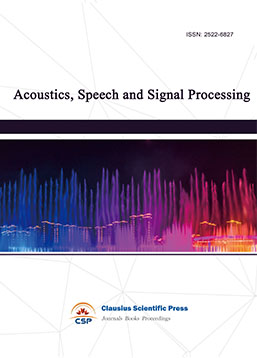
-
Journal of Power Electronics, Machines and Drives
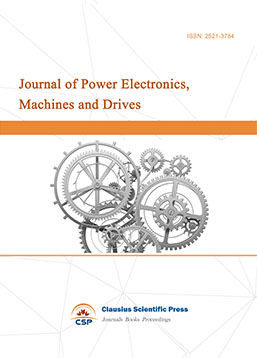
-
Journal of Electro Optics and Lasers
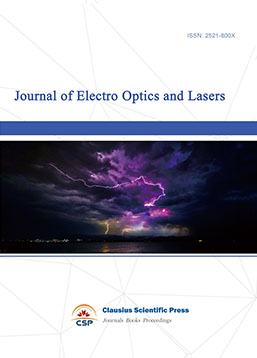
-
Journal of Integrated Circuits Design and Test
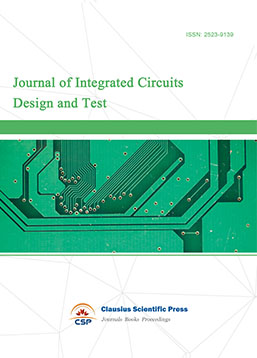
-
Journal of Ultrasonics
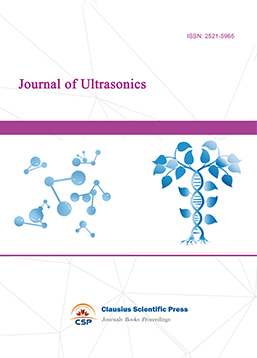
-
Antennas and Propagation
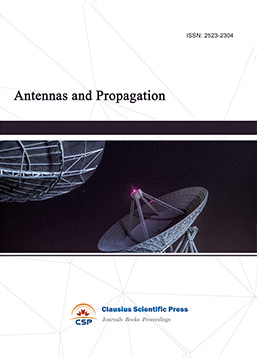
-
Optical Communications
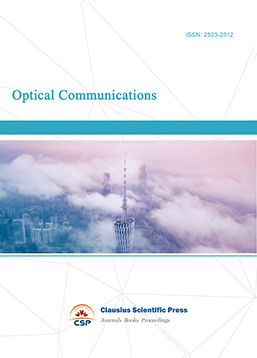
-
Solid-State Circuits and Systems-on-a-Chip
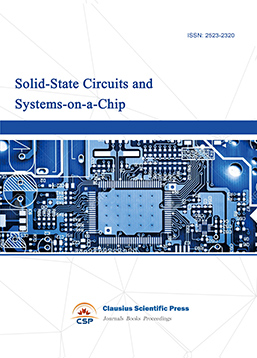
-
Field-Programmable Gate Arrays
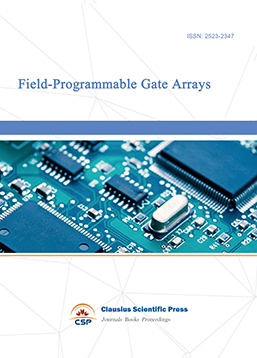
-
Vehicular Electronics and Safety

-
Optical Fiber Sensor and Communication
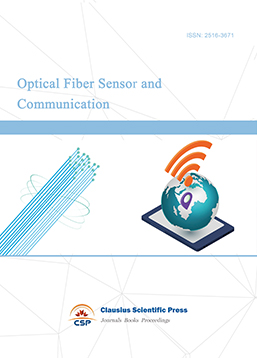
-
Journal of Low Power Electronics and Design
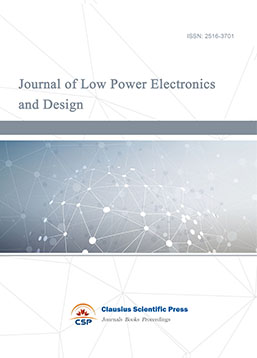
-
Infrared and Millimeter Wave
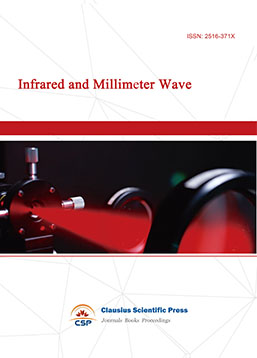
-
Detection Technology and Automation Equipment
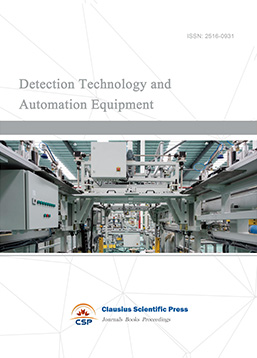
-
Journal of Radio and Wireless
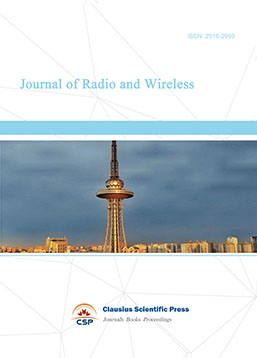
-
Journal of Microwave and Terahertz Engineering
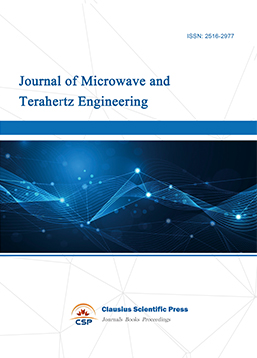
-
Journal of Communication, Control and Computing
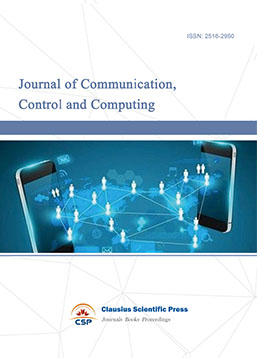
-
International Journal of Surveying and Mapping
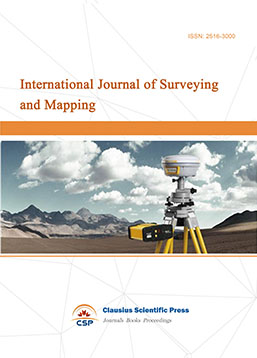
-
Information Retrieval, Systems and Services
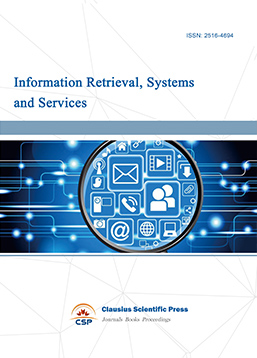
-
Journal of Biometrics, Identity and Security
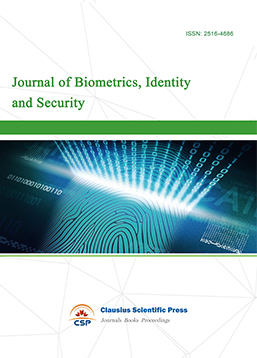
-
Journal of Avionics, Radar and Sonar
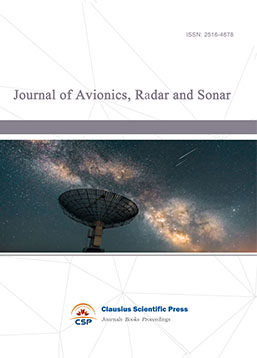

 Download as PDF
Download as PDF